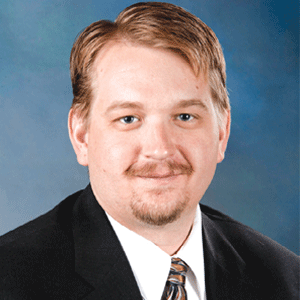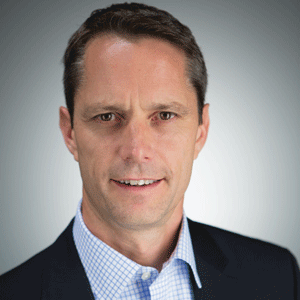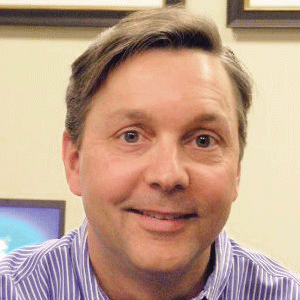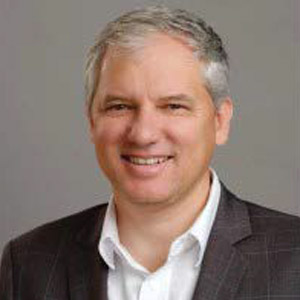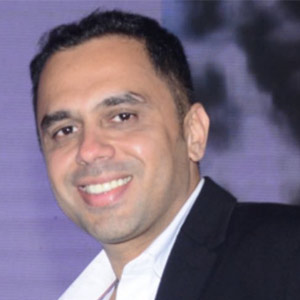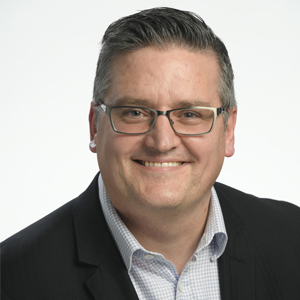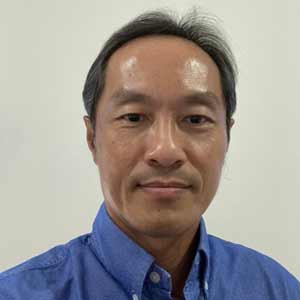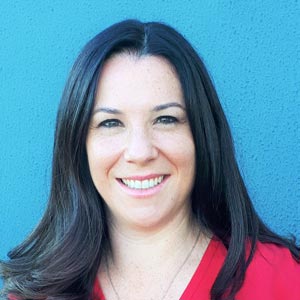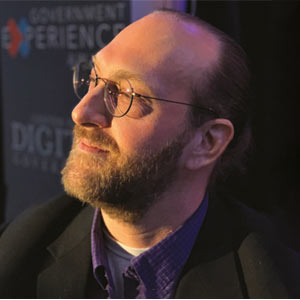THANK YOU FOR SUBSCRIBING

HPC in the Cloud
Mark Seager, Intel Fellow, CTO, the Intel Technical Computing Group Ecosystem

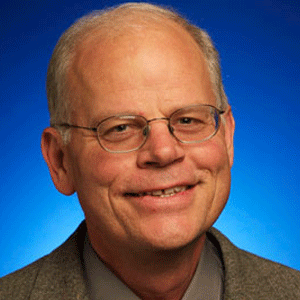
Mark Seager, Intel Fellow, CTO, the Intel Technical Computing Group Ecosystem
What is HPC? High Performance Computing (HPC) is a demanding workload that is typically very computationally, communication and/or IO intensive. The intent of HPC is commonly predictive simulation and modeling or High Performance Data Analytics (HPDA) to gain insight out of vast quantities of data. Historically HPC had its origins in government and/or academic funded science and engineering research and development. These R&D efforts included extending the scientific method from Theory and their attendant mathematical models and experiment with their attendant collection of observational data to include scientific simulation and modeling and HPDA. With recent advances in predictive simulation and HPDA, the scientific method has fundamentally changed to now being a triad of theory, experiment and predictive modeling and simulation and HPDA. Examples of this include using predictive simulations that are used to model experiments before they are built in order to engineer the designs. Once the experiments are conducted, these results are then compared against the predictive simulations to improve the models and/or scientific data (e.g., equations of state) that the models depend on. In addition, new fields including biology and medical sciences are emerging as exciting new areas where HPC and HPDA are being successfully applied. “Many of HPC's scientific modeling codes are based on solving a set of time dependent partial differential equation (PDE) on a grid and geometric model of the objet being modeled” In the 1990's HPC workloads were parallelized and drove the development of massively parallel processing technologies. MPP's combined multiple shared memory multi-processors (or node) each with a separate operating system with a high speed, low latency interconnect and parallel file system and parallel job gang scheduler. Many of HPC's scientific modeling codes are based on solving a set of time dependent partial differential equation (PDE) on a grid and geometric model of the objet being modeled. An example of this is compressible air flow around a wing in aeronautics. The HPC
Weekly Brief
I agree We use cookies on this website to enhance your user experience. By clicking any link on this page you are giving your consent for us to set cookies. More info
Read Also
Artificial Intelligence - Myths And Truths
Sustainable Future through Innovative Technology Solutions
The Future Relies on Augmented AI
Digitalization with the use of digital technologies/Improving business through digital technologies
How Marco's Pizza Leaned On Technology To Succeed Amid The Pandemic By Quickly Pivoting To Contact-Free Delivery And Curbside Carryout
Bunnings Diy Digital Transformation
For a Smarter City: Trust the Data, Ignore the Hype
Smart Community Innovation for the Post Pandemic




